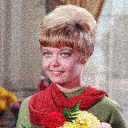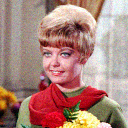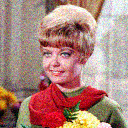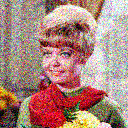You can create grayscale noise by taking just one output channel of the noise image, then mixing it will your image. If you need b/w noise, then you have to convert to grayscale or take one channel of the noise and then threshold.
In my old PS CS, under add noise, I see a choice of gaussian or uniform which adds color noise. With the monochromatic option, it adds just gray noise. So in IM create your noise image, select one channel or convert to grayscale, then mix that with your (color) image.
This seems to be close, but I used random noise rather than gaussian. IM gaussian noise does not seem to match PS, but that is not surprising as the gaussian arguments may be different. Note I had to use 15% to match PS 5% (see at the bottom for gaussian noise).

convert -size 128x128 xc:"gray(50%)" -seed 1000 +noise random -channel green -separate noise_graylinear_random.png
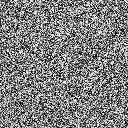
convert zelda3.png noise_graylinear_random.png -compose dissolve -define compose:args="15" -composite zelda_graylinear_random_dissolve_15pct.png
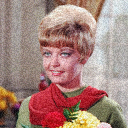
Note that in recent versions of IM, you can create linear or non-linear gray. Linear by using gray(50%) and non-linear by using gray or gray50. The results are different.
This can be one command:
convert zelda3.png \( -size 128x128 xc:"gray(50%)" -seed 1000 +noise random -channel green -separate +channel \) \
-compose dissolve -define compose:args="15" -composite zelda_graylinear_random_dissolve_15pctb.png
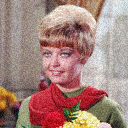
see -seed to control the randomization of the noise, so that if set, you can reproduce the results.
http://www.imagemagick.org/script/comma ... s.php#seed
see (-attenuate)
http://www.imagemagick.org/script/comma ... ddr4#noise
However, the way it is done above is not really the proper way to add noise in a non-HDRI system. What you really want is to do is a 50% biased combination. This can be done using -fx or faster with -compose Mathematics
convert zelda3.png \( -size 128x128 xc:"gray(50%)" -seed 1000 +noise random -channel green -separate +channel \) \
+swap -compose Mathematics -define compose:args="0,1,0.15,-0.075" -composite zelda_graylinear_random_dissolve_15pctc.png
Note the -0.075=0.5*0.15, that is it is a 50% bias of the 15% addition of the noise.
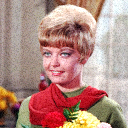
see
http://www.imagemagick.org/Usage/compose/#mathematics
http://www.imagemagick.org/Usage/transf ... h_addition
http://www.imagemagick.org/script/compose.php (near the bottom of the section)
Here is an attempt with gaussian noise, though I had to stretch and clip it some.
convert zelda3.png \( -size 128x128 xc:"gray(50%)" -seed 1000 +noise gaussian \
-contrast-stretch 5% -channel green -separate +channel \) \
-compose dissolve -define compose:args="15" -composite zelda_graylinear_gauss_cs5_dissolve_15pct.png
